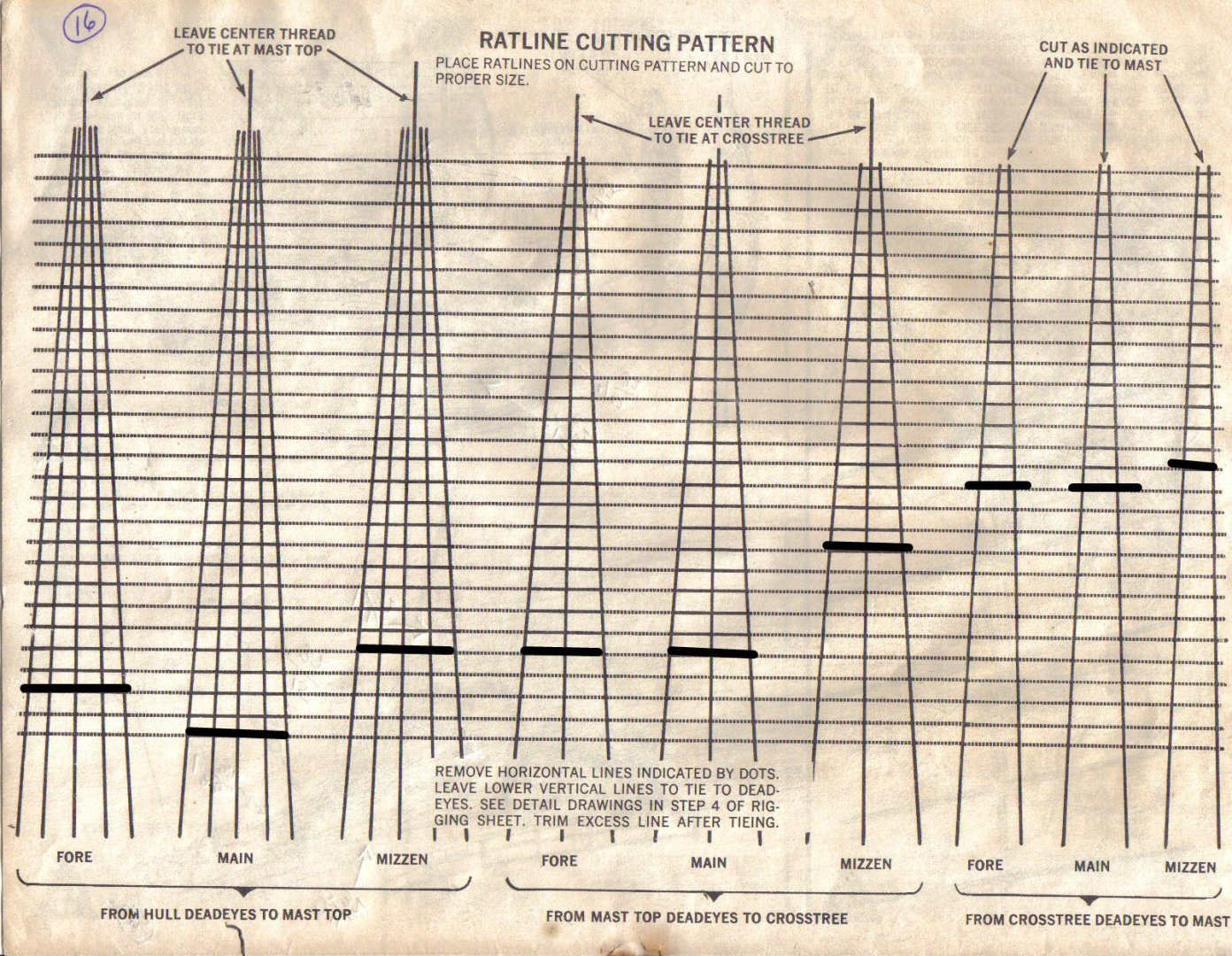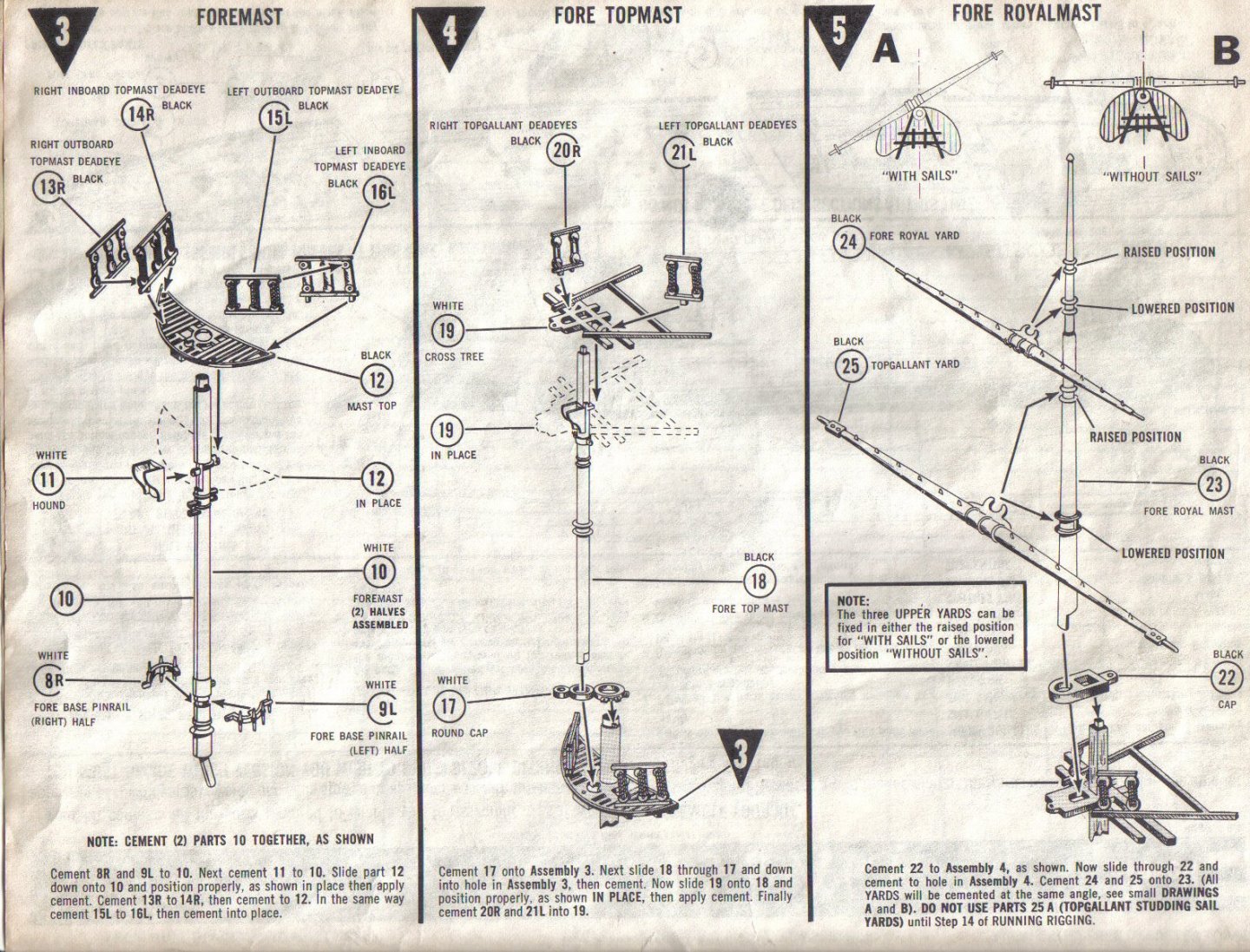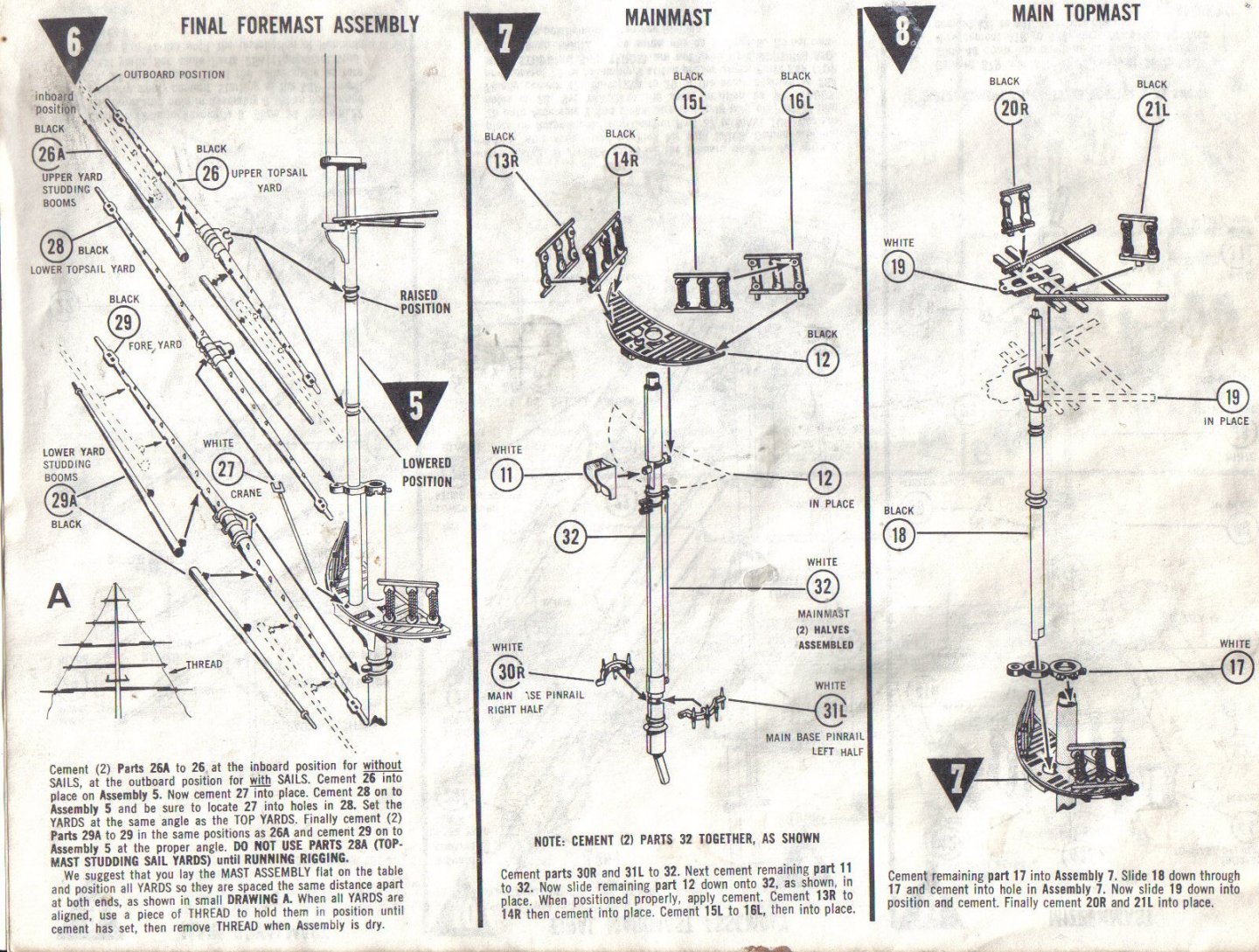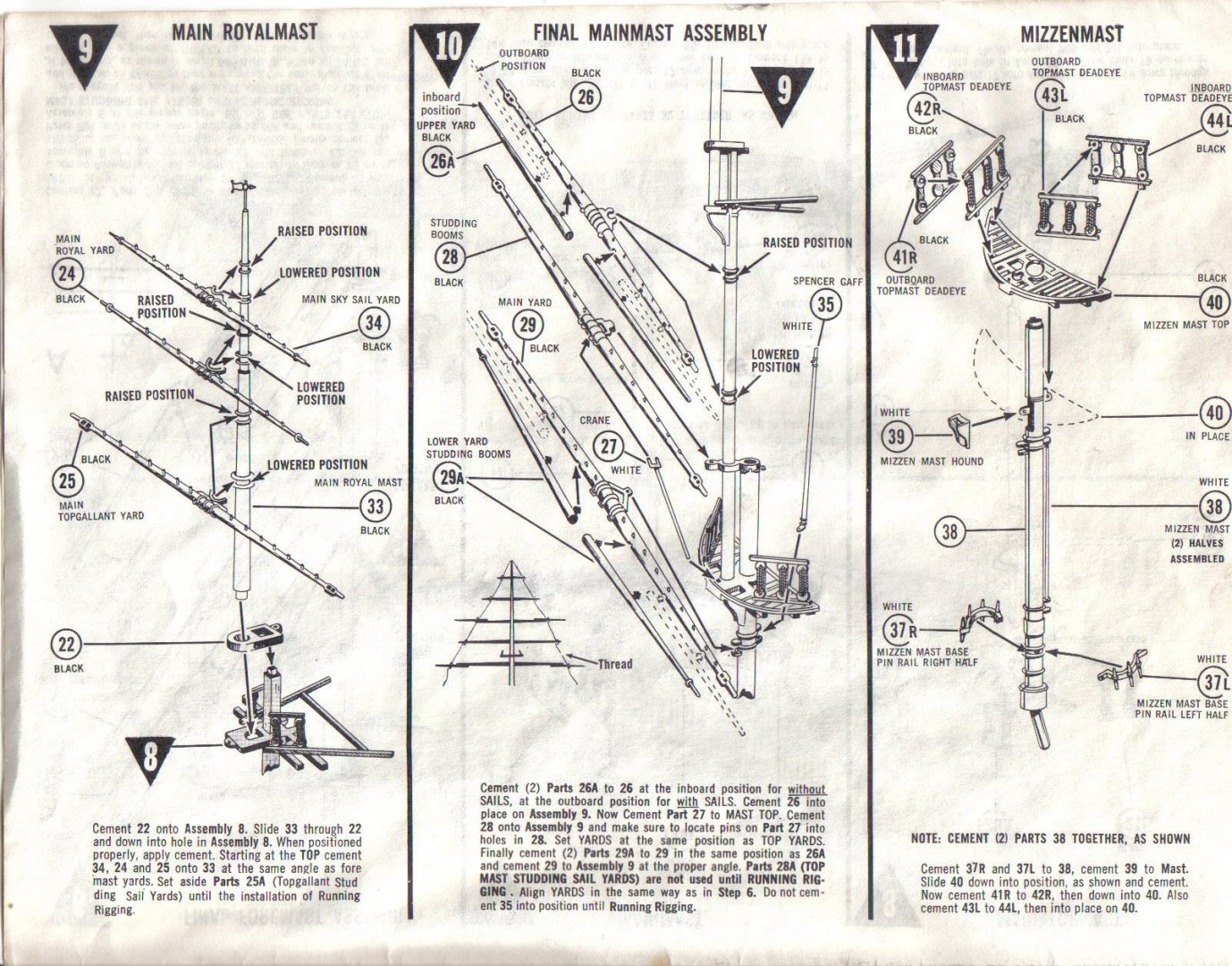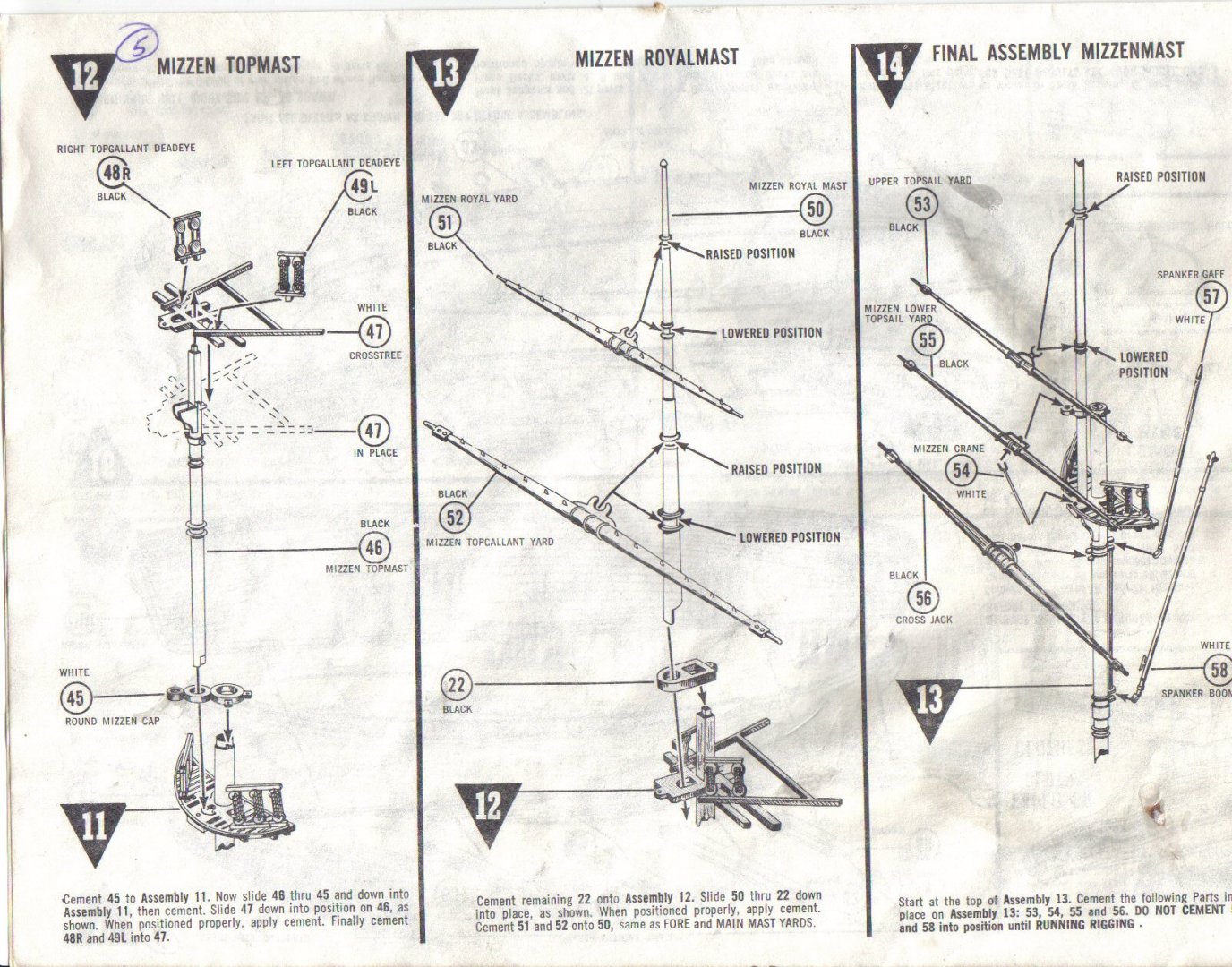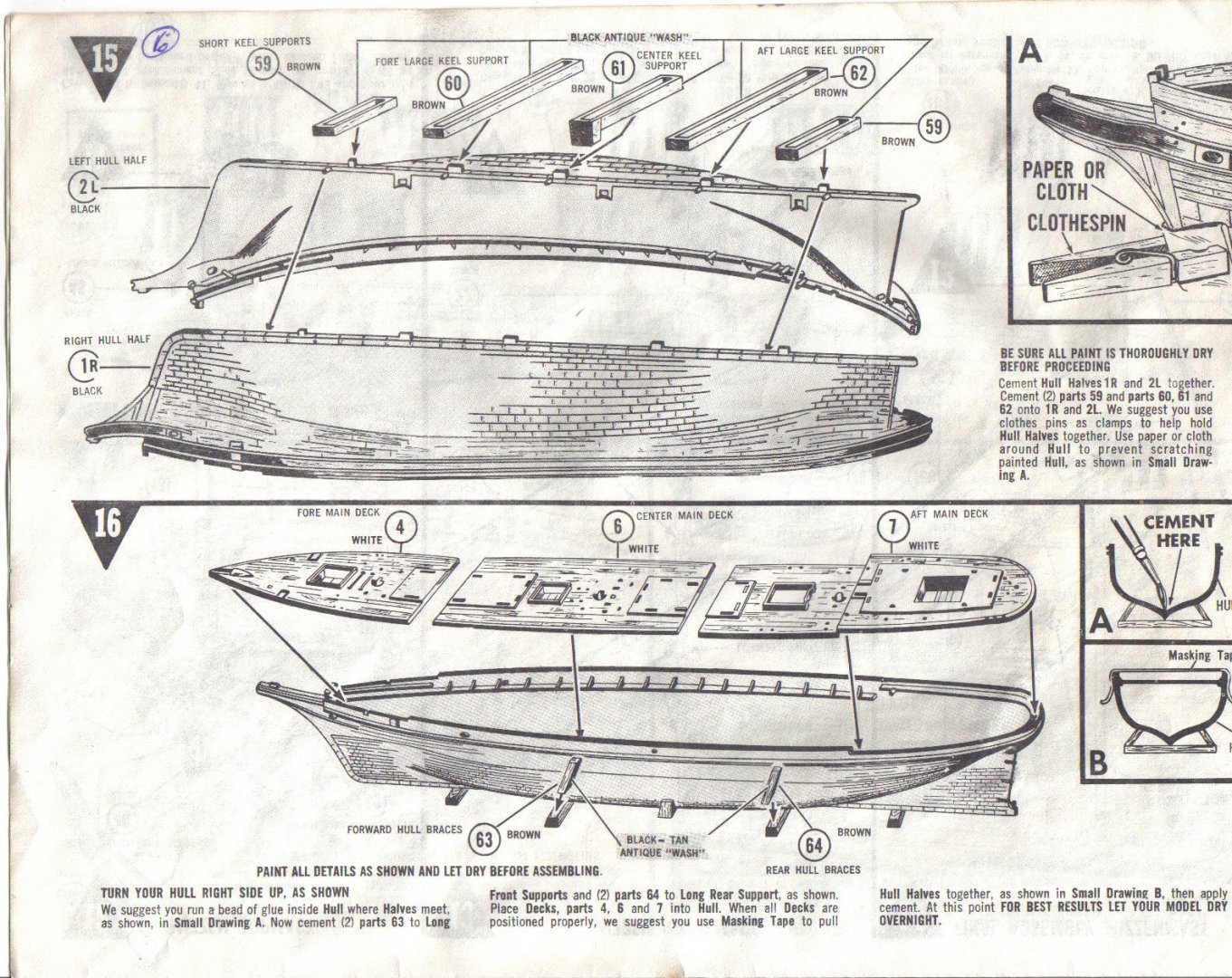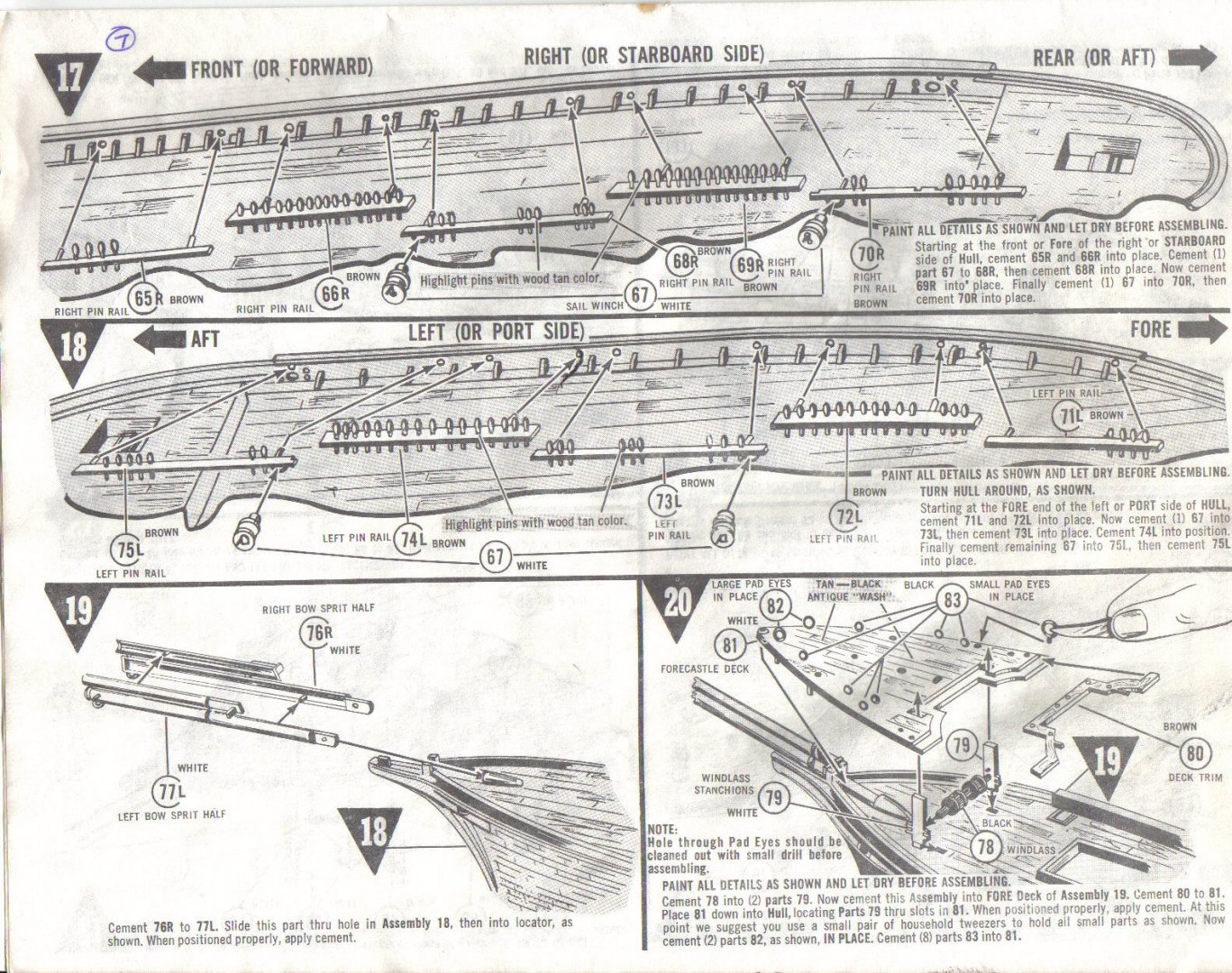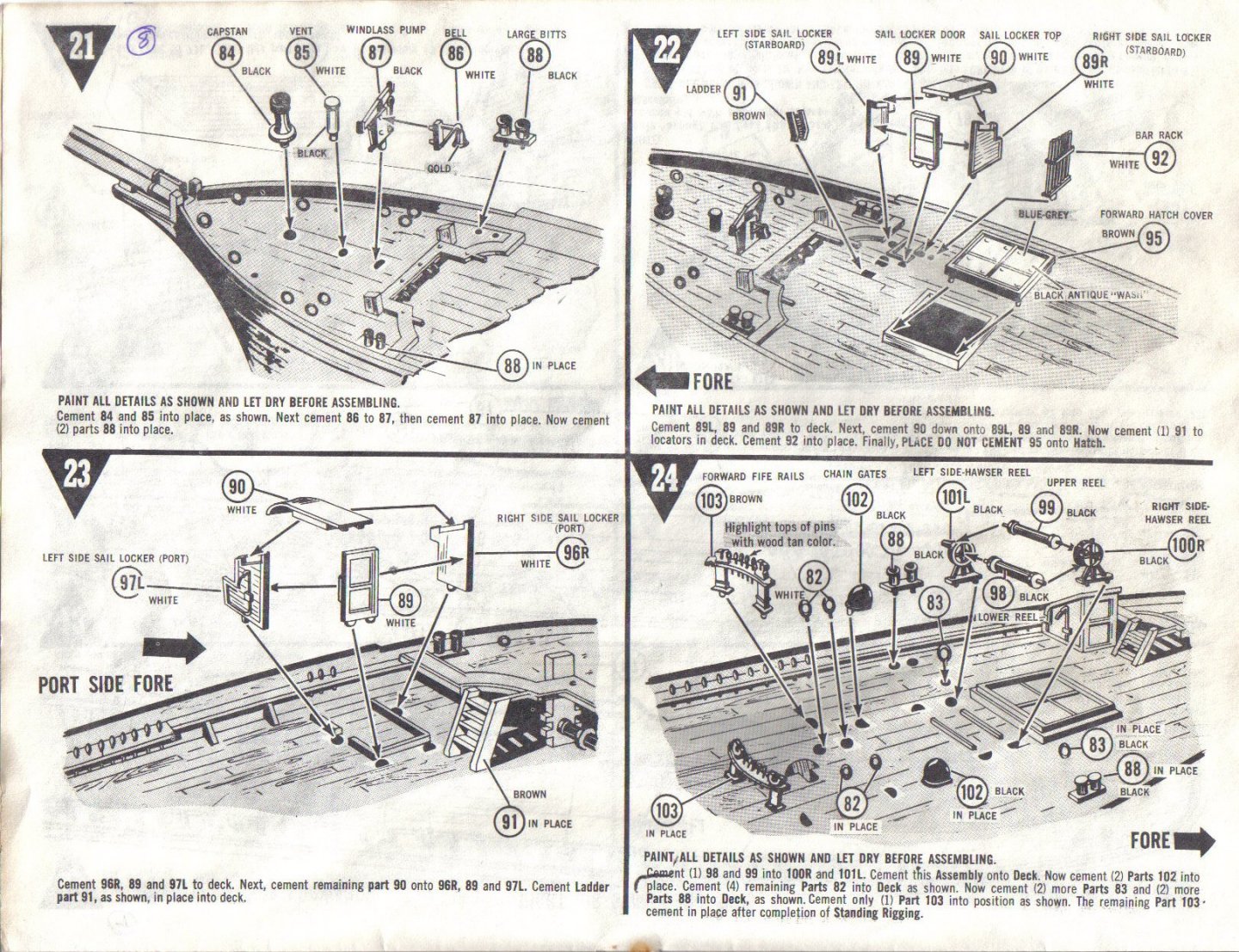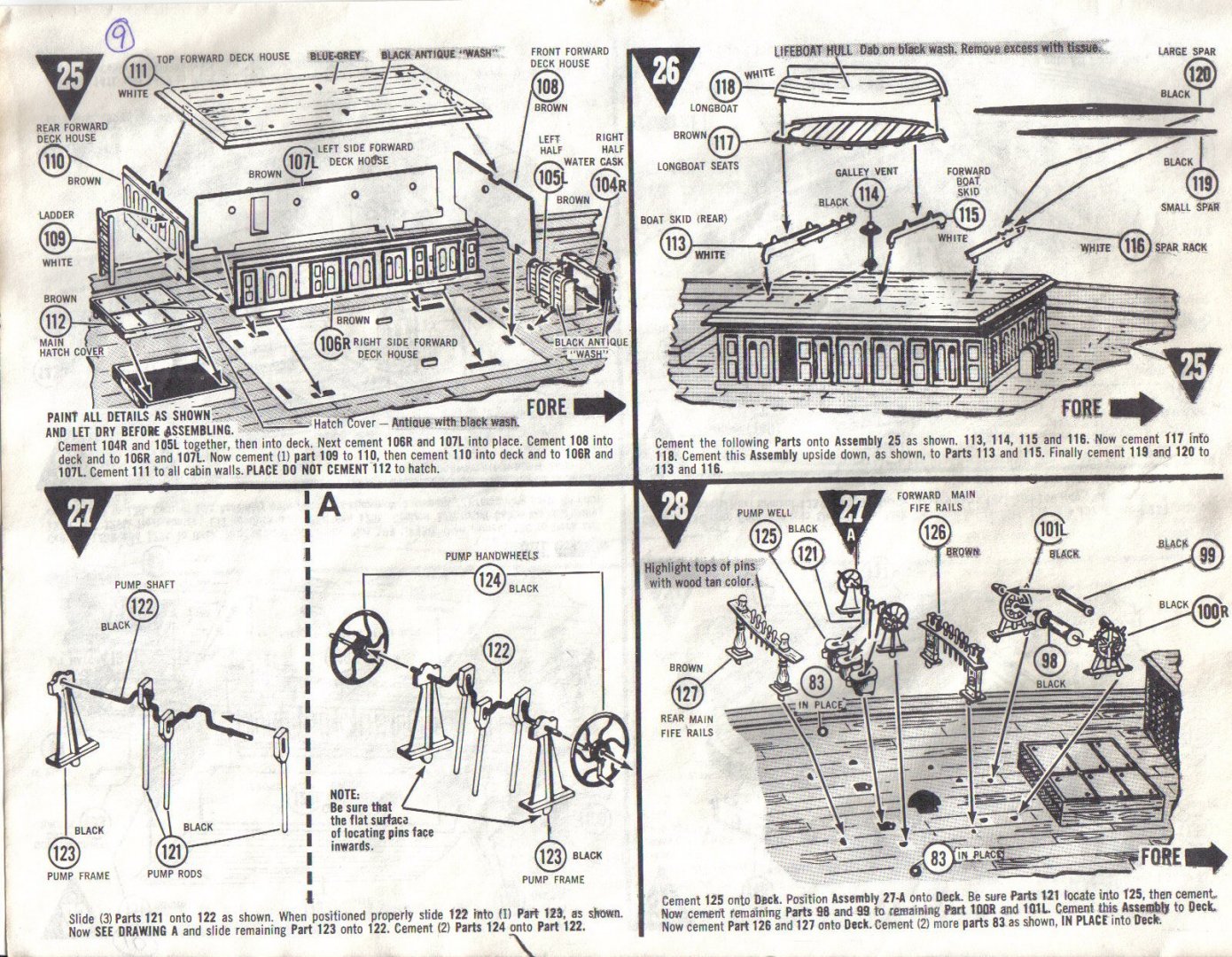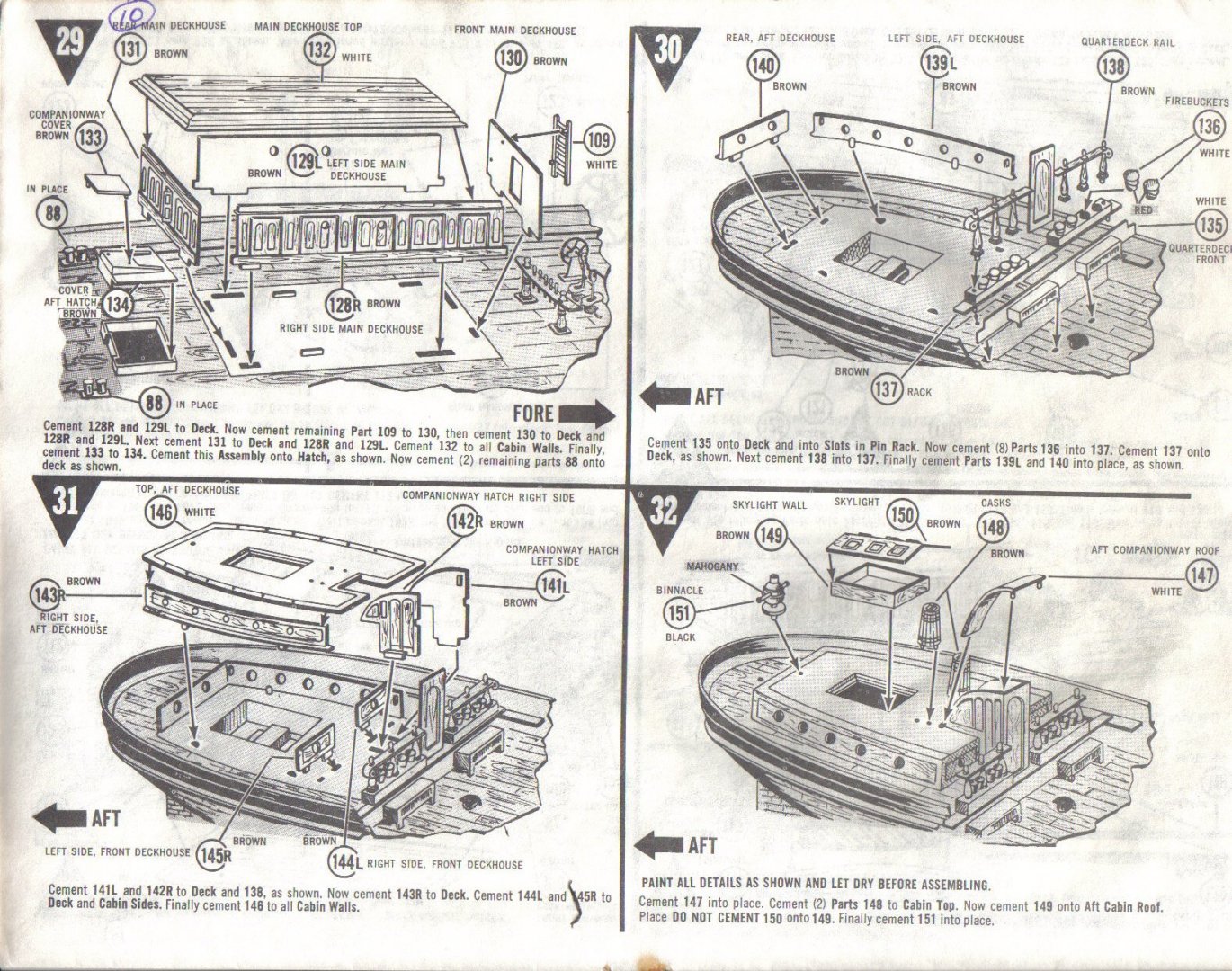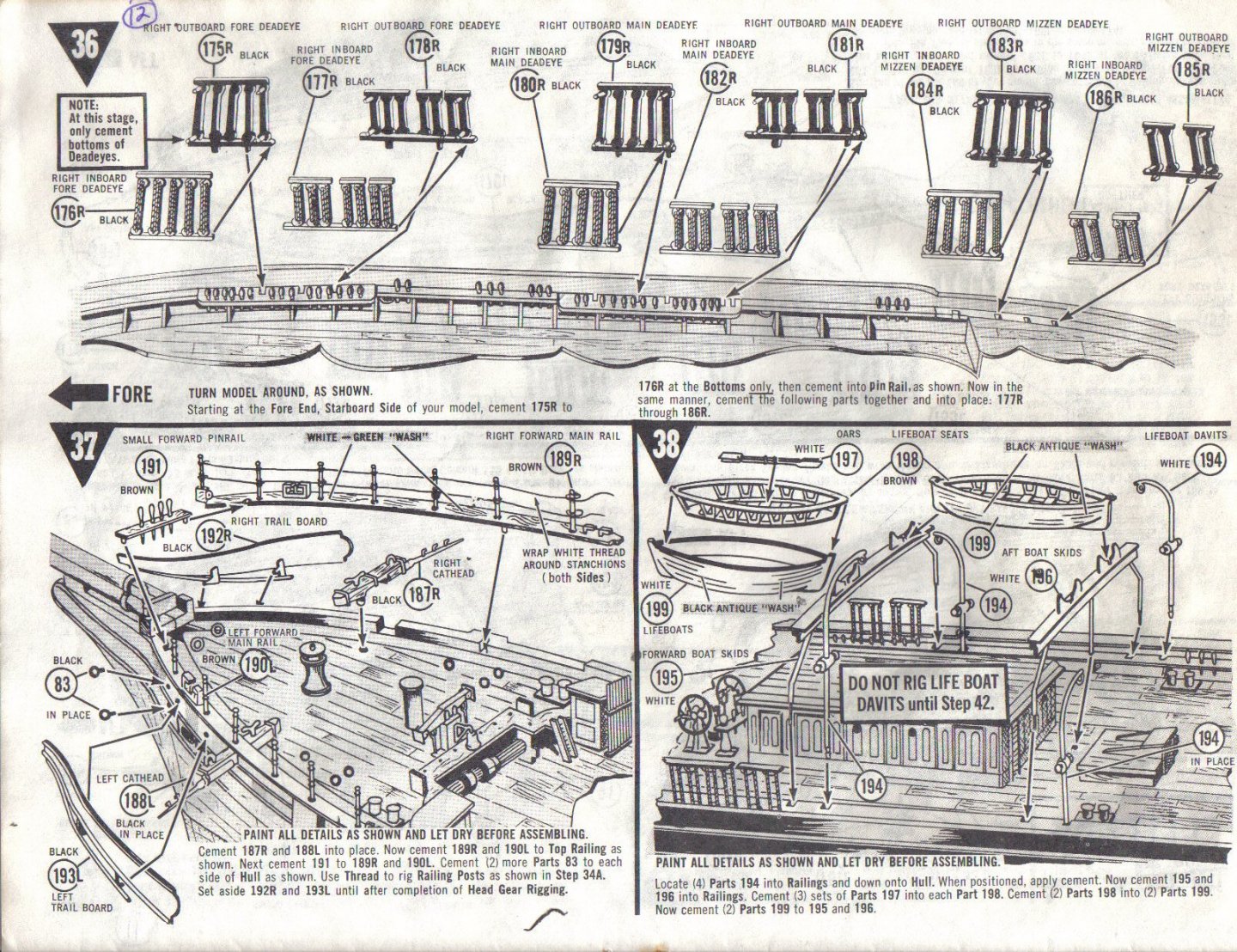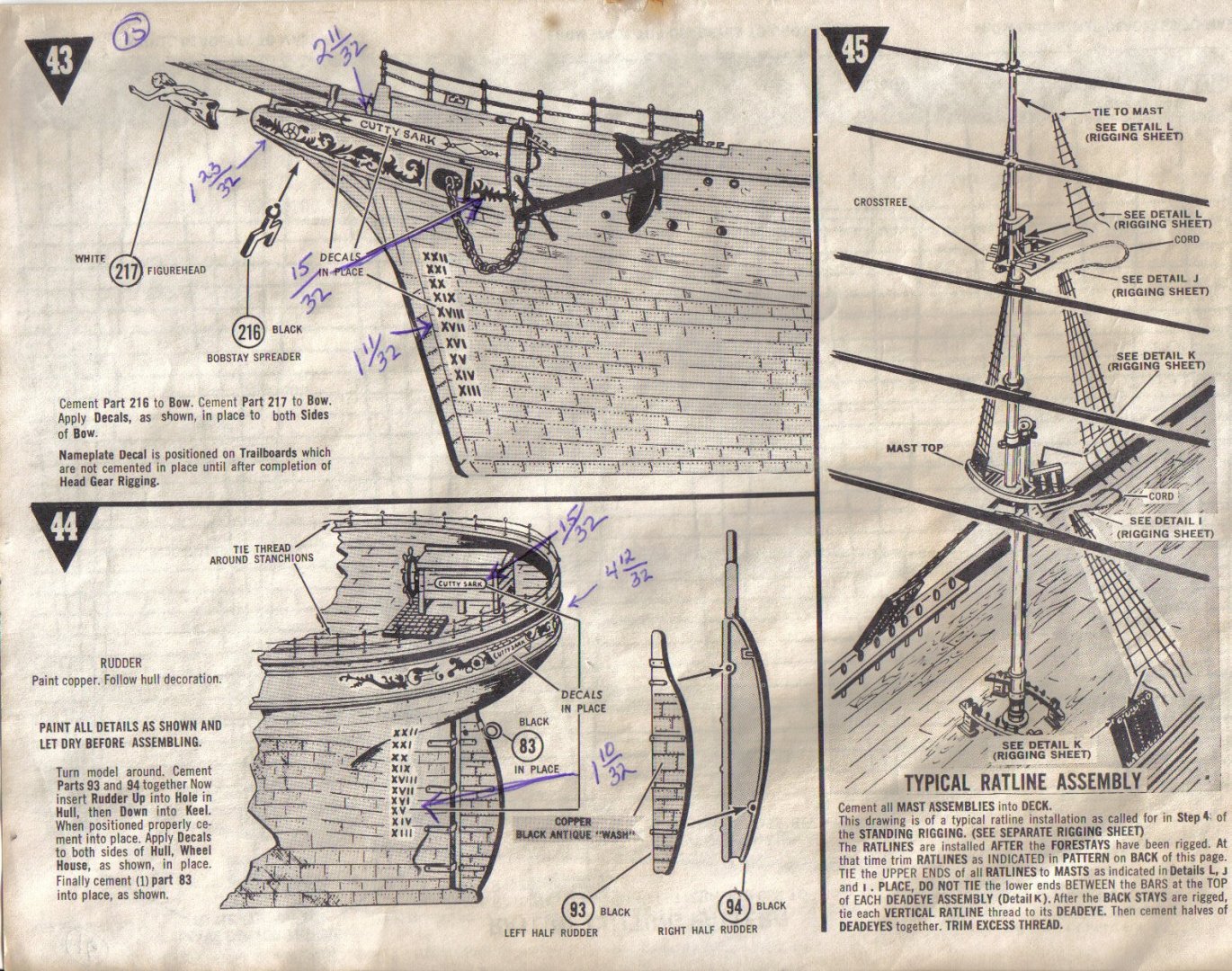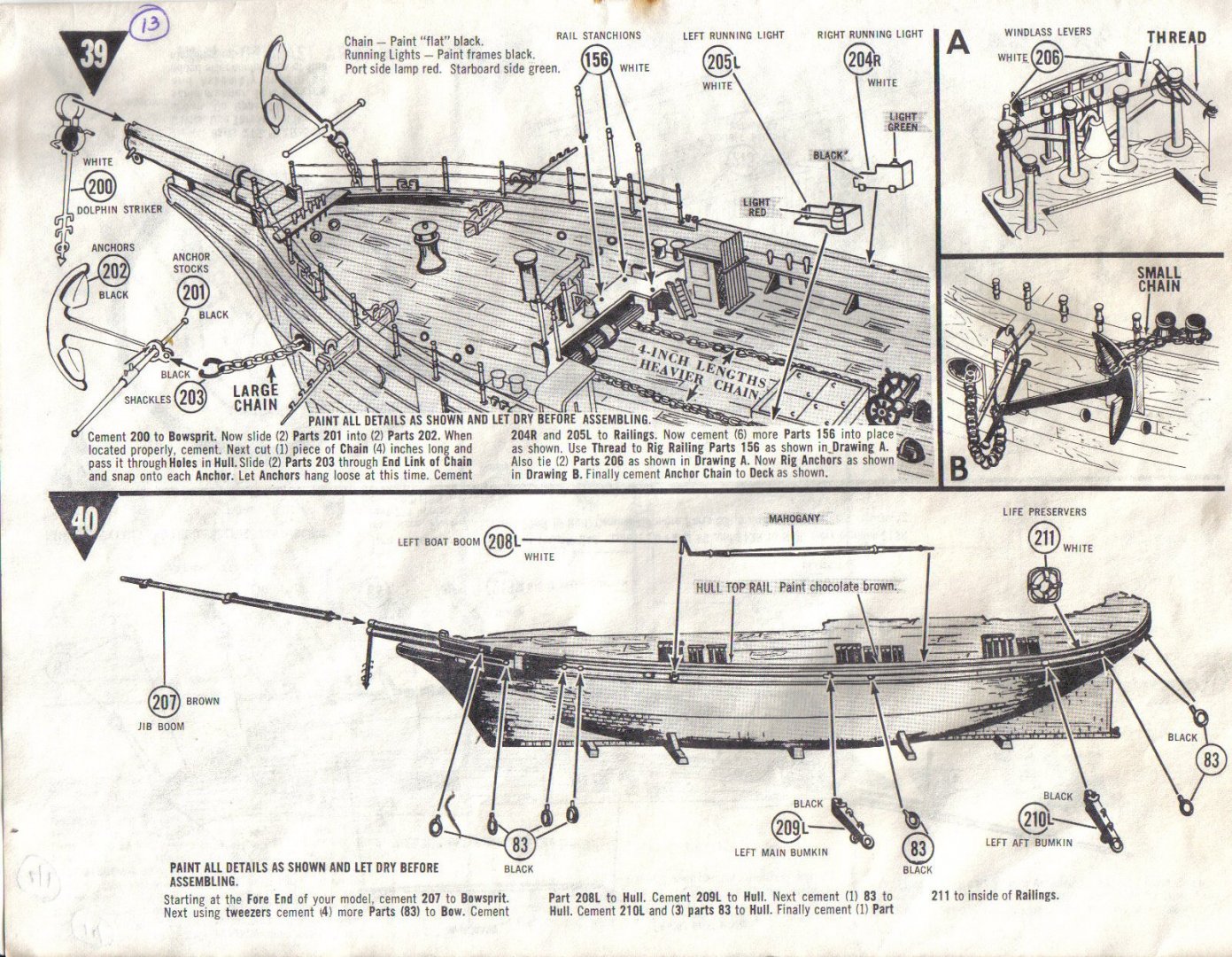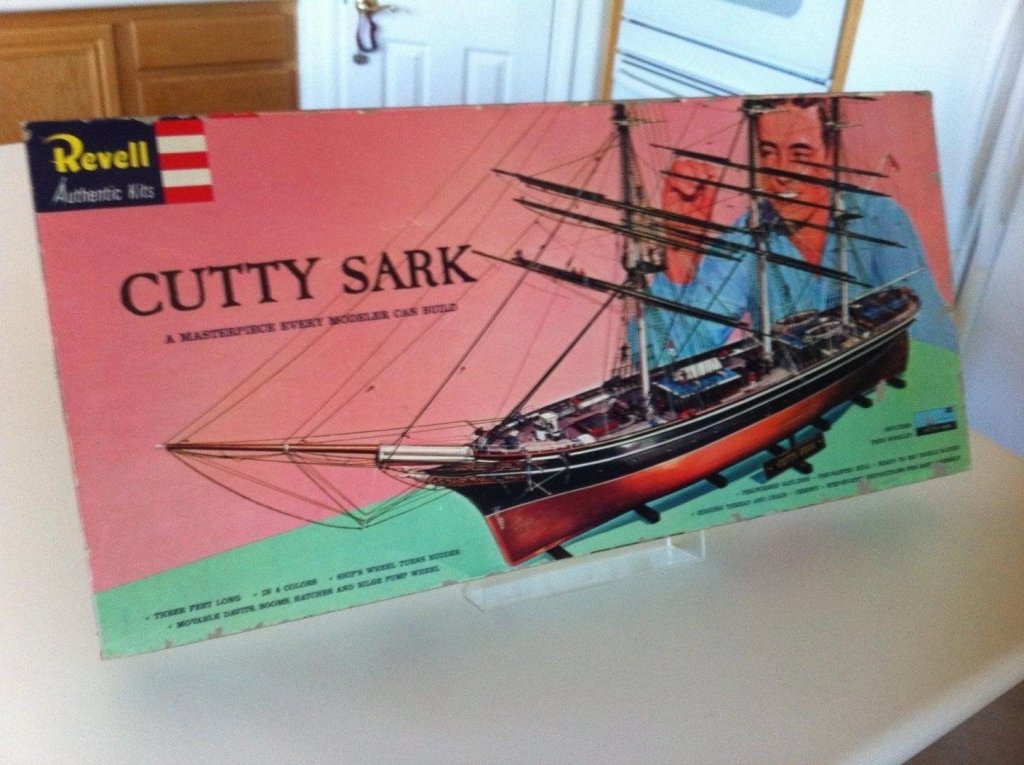-
Posts
1,275 -
Joined
-
Last visited
Content Type
Profiles
Forums
Gallery
Events
Everything posted by shipman
-

Ship lettering
shipman replied to rlundy90's topic in Painting, finishing and weathering products and techniques
I spent years as a graphic artist when 'Letraset' was part of the stock-in-trade in a vast range of choices. It was never cheap, but there were other products available. A lot of fonts came in colour choices, including gold and silver. I can't believe it isn't still available; try professional graphic supplies outlets. -
There are several companies selling 'decal' sheets depicting wood finishes in a wide variety in the model aircraft field. If you google this stuff you may be surprised at the quality. In the ship model world there are products in roughly A4 sheet form for planking. It's self adhesive vinyl, scored so you can peel individual 'planks' or in sections of your choice. Once applied I'd defy you to see the difference from wood. Plank widths are available down to less than 1.5mm!
-

Copper Leaf
shipman replied to Kurt Johnson's topic in Painting, finishing and weathering products and techniques
'Bare Metal Foil' is a self adhesive product used widely in the model car field successfully, even depicting the trim around windshields, door handles and other bits of trim. It comes in a variety of metal colours (steel, aluminium, chrome, gold and copper). I've never seen it mentioned on this forum, yet I'm sure it has its use here. -

Barrels
shipman replied to ross's topic in Discussion for a Ship's Deck Furniture, Guns, boats and other Fittings
During the Napolionic era I understand a barrel of apples was often on deck for the crew. -

Oars for boats
shipman replied to Maury S's topic in Discussion for a Ship's Deck Furniture, Guns, boats and other Fittings
Thanks David, that's a resource I was unaware of. -
Apologies Pop, I pulled your posted instructions from my own files (for my own use) some time ago and re-posted them to help David. My intentions were pure, unlike my cheating black heart! I do now have a set of the originals, but not a big enough scanner.
- 82 replies
-
- revell
- cutty sark
-
(and 3 more)
Tagged with:
-

ancre Le Coureur 1776 by obi - 1:48 - lugger
shipman replied to obi's topic in - Build logs for subjects built 1751 - 1800
Just found this gem on the forum. What a fabulous model. -
David, I've attempted to download the Revel instruction sheets here. If it works, then I hope this is useful to you.
- 82 replies
-
- revell
- cutty sark
-
(and 3 more)
Tagged with:
-
I've been a graphic artist for 50 years. Give me a drafting board, squares, protractor, ruler and pencil and I've never had a job defeat me. That little lot costs little. When CAD came along and I could see what the outlay for a basic set up would cost and the TIME needed LEARN how to do the most basic work.....well that's when I felt the world had gone mad. There again, I was never going to be an aero development draughtsman and understand these skills are required today. BUT it isn't that long ago it was ALL done on paper. Even by someone as dumb as me. It was all about real human communication and contact. There again, here I am 'talking' to you on the web. Never could do that before!
-
What a splendid conversion. I've been toying with a similar project. This build is an inspiration, well done!
-
George, your build shows what can be achieved with skill and vision. It shows what can be done with humble material at little cost. I'm full of admiration, well done mate.
- 90 replies
-
- bomb ketch
- pyro
-
(and 1 more)
Tagged with:
-
BOB, just found this:- ''Then the high explosives were put into shells. It was noted: “This is done by women workers. “It is done firstly by hand, with the use of a boxwood rammer, and finally under hydraulic pressure.” Presumably boxwood was hard enough to be durable as a tool and wouldn't create sparks. See below. https://www.nwemail.co.uk/features/nostalgia/16458441.king-visits-barrow-shipyard-and-morecambe-shell-filling-factory-in-1917/
-
A long time ago I had a temporary job in Bedford Museum as a dogsbody, doing whatever I was asked to do. One task was to make a display of a pile of Victorian ivory fans. Unfortunately I dropped a lovely pierced filigree example which shattered into a zillion pieces! OMG I was truly mortified. It would have been easy to sweep it up and pretend it hadn't happened. With my guilty heart in my mouth I reported it to the curator, expecting dismissal on the spot. 'Mmm,' he said, 'follow me'. Which I did, knuckles dragging on the floor. He took me to a vast wall of mahogany drawers and silently slid one open. 'Don't fret, lad, we've plenty more here'. This drawer must have contained over a hundred of fans similar to the one I'd destroyed. It turned out ok, I'd proven my honesty and was allowed anywhere to look at and touch anything in the museum. Sadly my three months were soon over; I left with a heavy heart. I'd had the most wonderful time and learned valuable lessons.
-
Hi, looking forward to read your build. I've invested quite a bit in additional parts and built a work station out of an old ironing board (pictures of which are somewhere on these forums). Not started yet. I have the etch decorations for the stern and bow and have been wondering which is the cleanest way of gluing them on (after painting the hull?). Just bought another kit off fleabay, which I think is a bit of a 'find'. Looks to be a 1960 UK first issue. All the mouldings are a lot fresher as you'd expect. It all seems to be there. This issue has no vac form sails or crew figures included. Also included is an original Revell boxed set of untouched enamel bottled paints and original boxed tube of cement. Plus the little 'historical' booklet. Amazing surviving novelty. The original 1959 American issue had portholes all along the sides, which are depicted on the box art I have. So the kit is the first modified moulding which doesn't have them. After 60 years it has survived without any breakages or lost any parts. Even the pre-painted copper on the hull is almost unblemished. Considering how beat up the box is, it all looks good, fresh and new. I've clipped and re-bagged the sprue's for safety. The kit I'm building has much better printed instructions, though the original drawings are displayed differently, with minimally modified captions. One for the stash. (Picture is an archive image)
- 82 replies
-
- revell
- cutty sark
-
(and 3 more)
Tagged with:
-
I try to love everyone. There are those who choose not to be loved. Certainly freshened up this dormant post with new perspectives Not one perfectly built and rigged model ship can replace all the love in your world. Don't sail for too long in icy seas. If I was (improbably) gifted an obscure, original 18th century model of a Cutter by the NMM collection, I don't think I'd have the discourtesy to say, 'Well, that's all well and good, but aren't you going to have the forestay re-rigged first?'
About us
Modelshipworld - Advancing Ship Modeling through Research
SSL Secured
Your security is important for us so this Website is SSL-Secured
NRG Mailing Address
Nautical Research Guild
237 South Lincoln Street
Westmont IL, 60559-1917
Model Ship World ® and the MSW logo are Registered Trademarks, and belong to the Nautical Research Guild (United States Patent and Trademark Office: No. 6,929,264 & No. 6,929,274, registered Dec. 20, 2022)
Helpful Links
About the NRG
If you enjoy building ship models that are historically accurate as well as beautiful, then The Nautical Research Guild (NRG) is just right for you.
The Guild is a non-profit educational organization whose mission is to “Advance Ship Modeling Through Research”. We provide support to our members in their efforts to raise the quality of their model ships.
The Nautical Research Guild has published our world-renowned quarterly magazine, The Nautical Research Journal, since 1955. The pages of the Journal are full of articles by accomplished ship modelers who show you how they create those exquisite details on their models, and by maritime historians who show you the correct details to build. The Journal is available in both print and digital editions. Go to the NRG web site (www.thenrg.org) to download a complimentary digital copy of the Journal. The NRG also publishes plan sets, books and compilations of back issues of the Journal and the former Ships in Scale and Model Ship Builder magazines.



